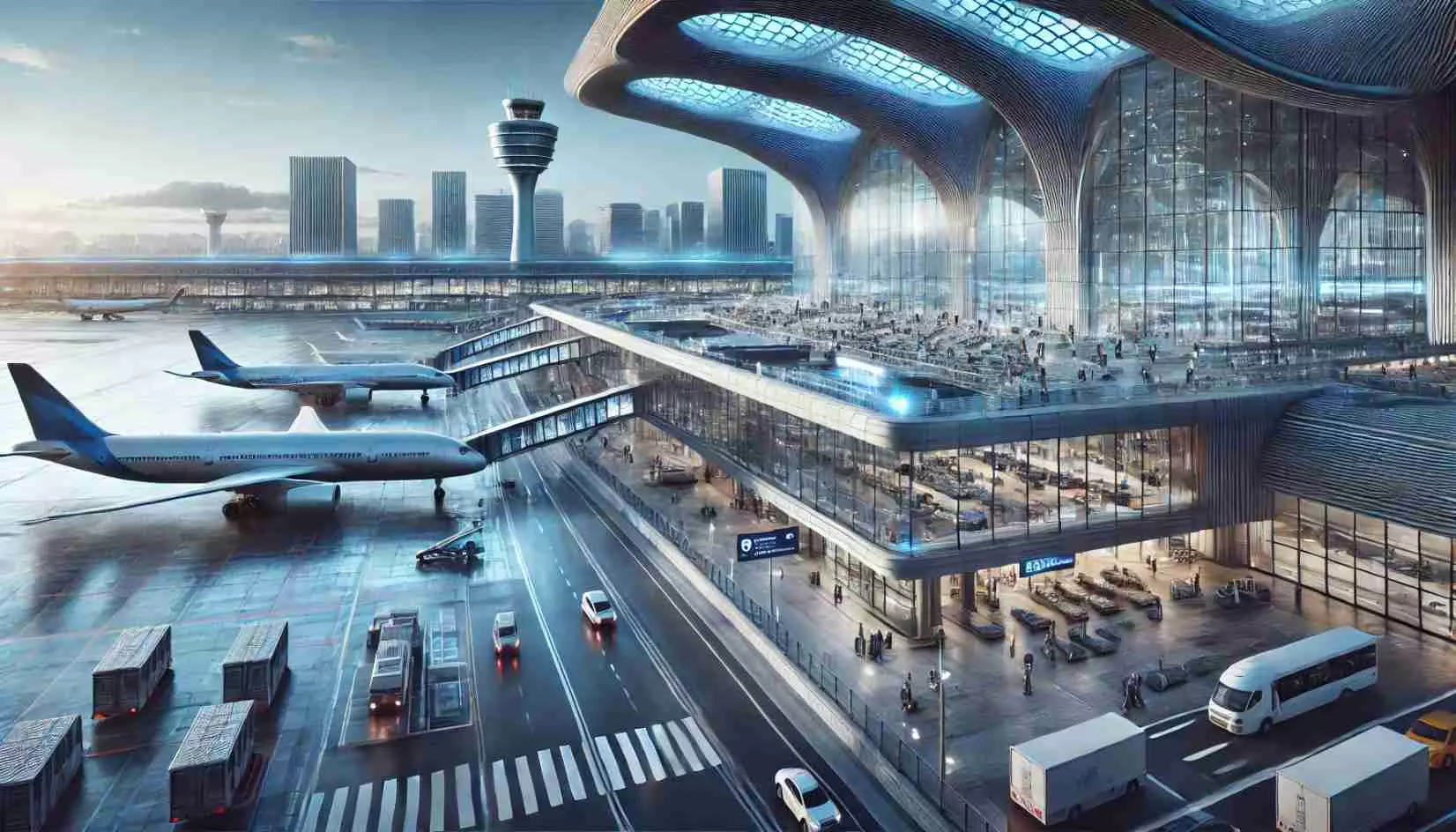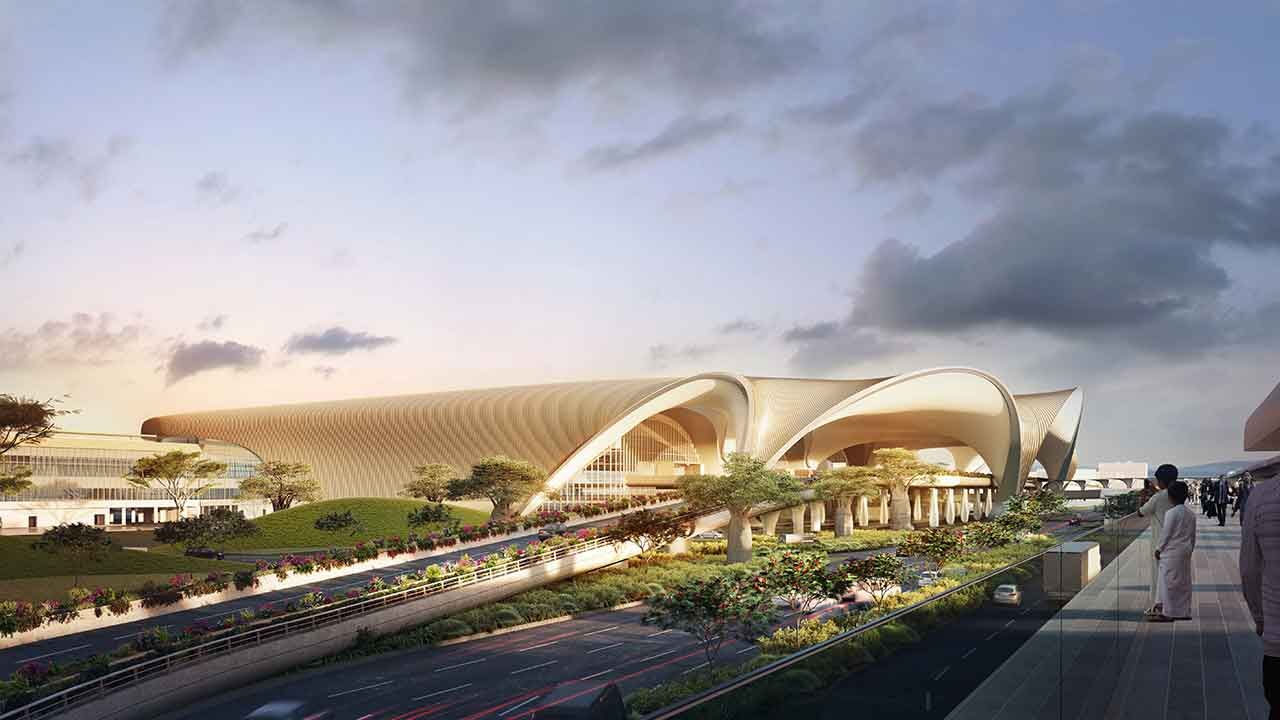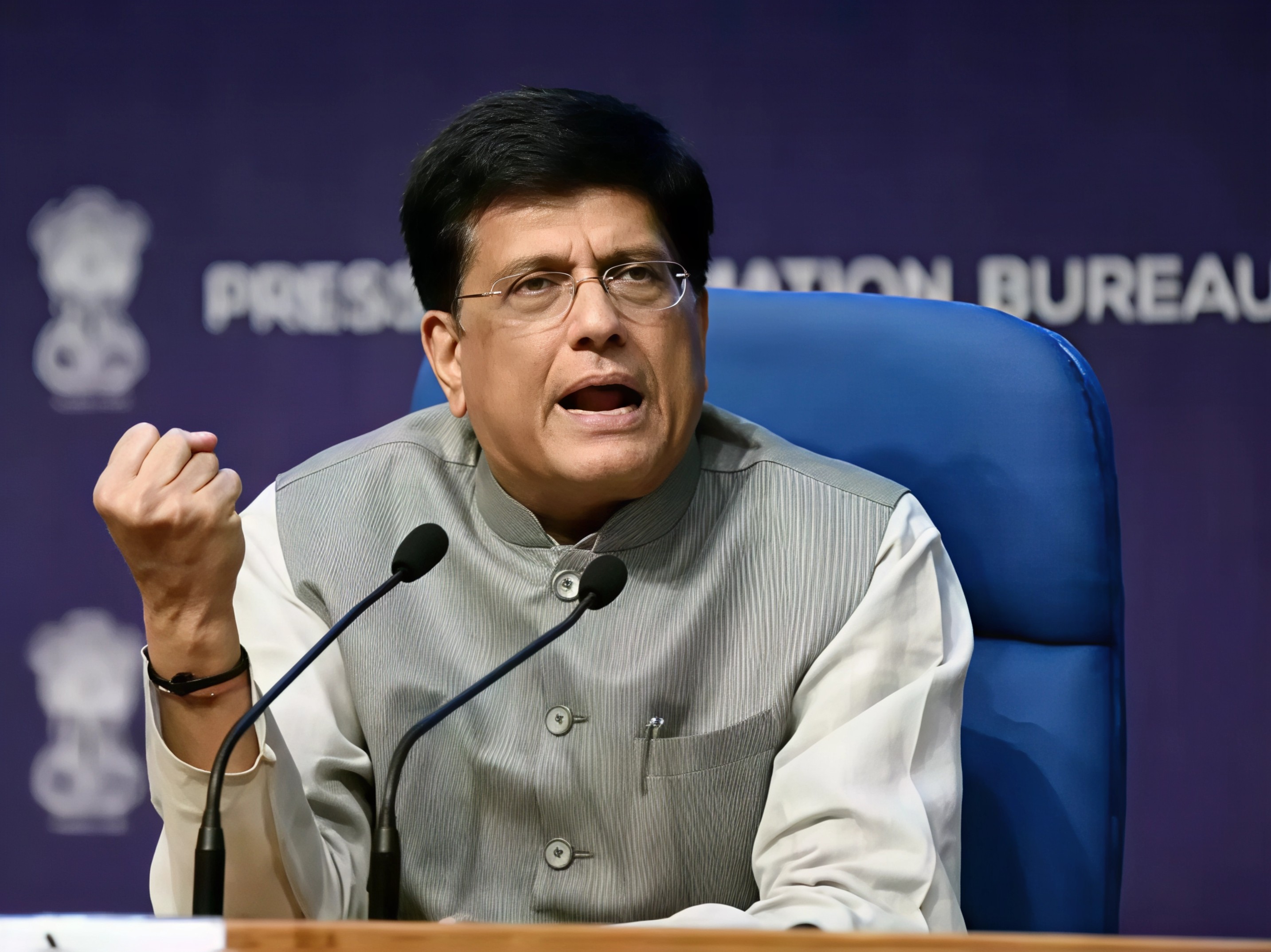A Landmark Project for Maharashtra
Located in Ulwe near Panvel, the Navi Mumbai International Airport is one of India’s largest infrastructure projects in recent years. Designed to complement the existing Chhatrapati Shivaji Maharaj International Airport, this state of the art facility has been built at a massive scale to address Mumbai’s rising air traffic demand. Spread across nearly 2,900 acres, the airport is being constructed in phases with four terminals and two runways planned. Once fully completed, it is expected to handle up to 90 million passengers annually, putting it among the busiest airports in Asia.

Opening Date and First Phase Operations
Authorities have confirmed that the official inauguration will take place on September 30, 2025. The first phase includes Terminal 1, which is ready to welcome 20 million passengers every year. Initial operations will begin with about eight to ten flight movements per hour, with plans to increase to thirty per hour by 2026. This gradual ramp up ensures a smooth transition into full scale operations.
Passenger Experience and Modern Facilities
The passenger journey at Terminal 1 has been designed with efficiency and comfort in mind. Travellers will benefit from high tech check in counters, automated kiosks, biometric systems for faster security checks, and advanced baggage handling for quick turnaround. Spacious waiting lounges and modern scanning equipment add to the comfort and safety of the terminal. The airport aims to offer an experience on par with leading international hubs while capturing the spirit of modern India.

Connectivity Across Mumbai and Beyond
To ensure seamless access, a comprehensive connectivity plan is already in motion. Road, rail, bus, and metro services are being integrated to link the airport with key parts of the Mumbai Metropolitan Region. The Mumbai Trans Harbour Link will significantly cut travel time between South Mumbai and Ulwe, while express bus services from areas like Thane, Dadar, Vashi, and Panvel are set to make commuting easier for passengers. Elevated corridors and new expressways are also being developed to support this massive flow of travellers.
Boosting Mumbai’s Aviation Capacity
For years, Mumbai’s sole international airport has faced congestion challenges, both in the air and on the ground. Navi Mumbai International Airport has been envisioned as the solution, easing traffic at the existing hub and allowing smoother flight operations. The addition of this second international airport will also strengthen cargo movement, giving a boost to trade and logistics while improving passenger convenience across the region.

Looking Ahead
Phase 1 is only the beginning of what will eventually be one of India’s most significant aviation hubs. As the airport expands in phases, additional terminals, runways, and cargo facilities will further enhance its capacity. Once fully operational, Navi Mumbai International Airport is expected to emerge as a gateway not just for Maharashtra but also for western and southern India, making it a critical link in the country’s aviation growth story.
The countdown to September 30 has already begun, and with it comes a new era for air travel in Mumbai. This project stands as a symbol of progress, innovation, and connectivity for millions of travellers who will pass through its gates every year.
Follow Travel Moves on Instagram and Facebook for more updates on aviation, destinations, and travel experiences that matter.








